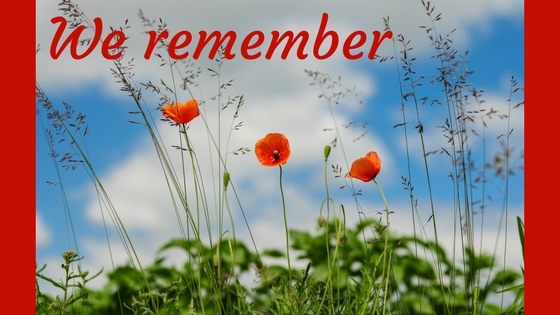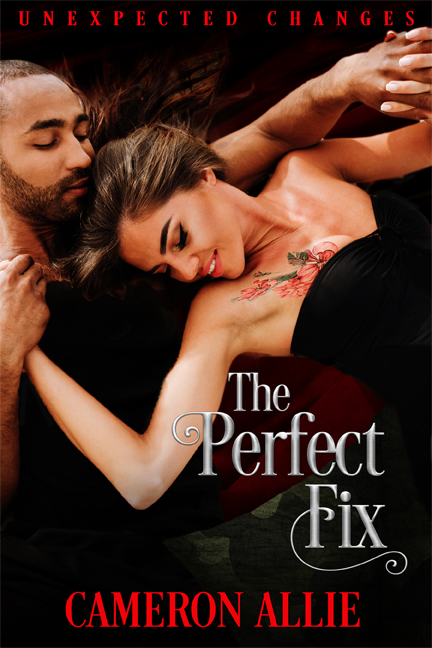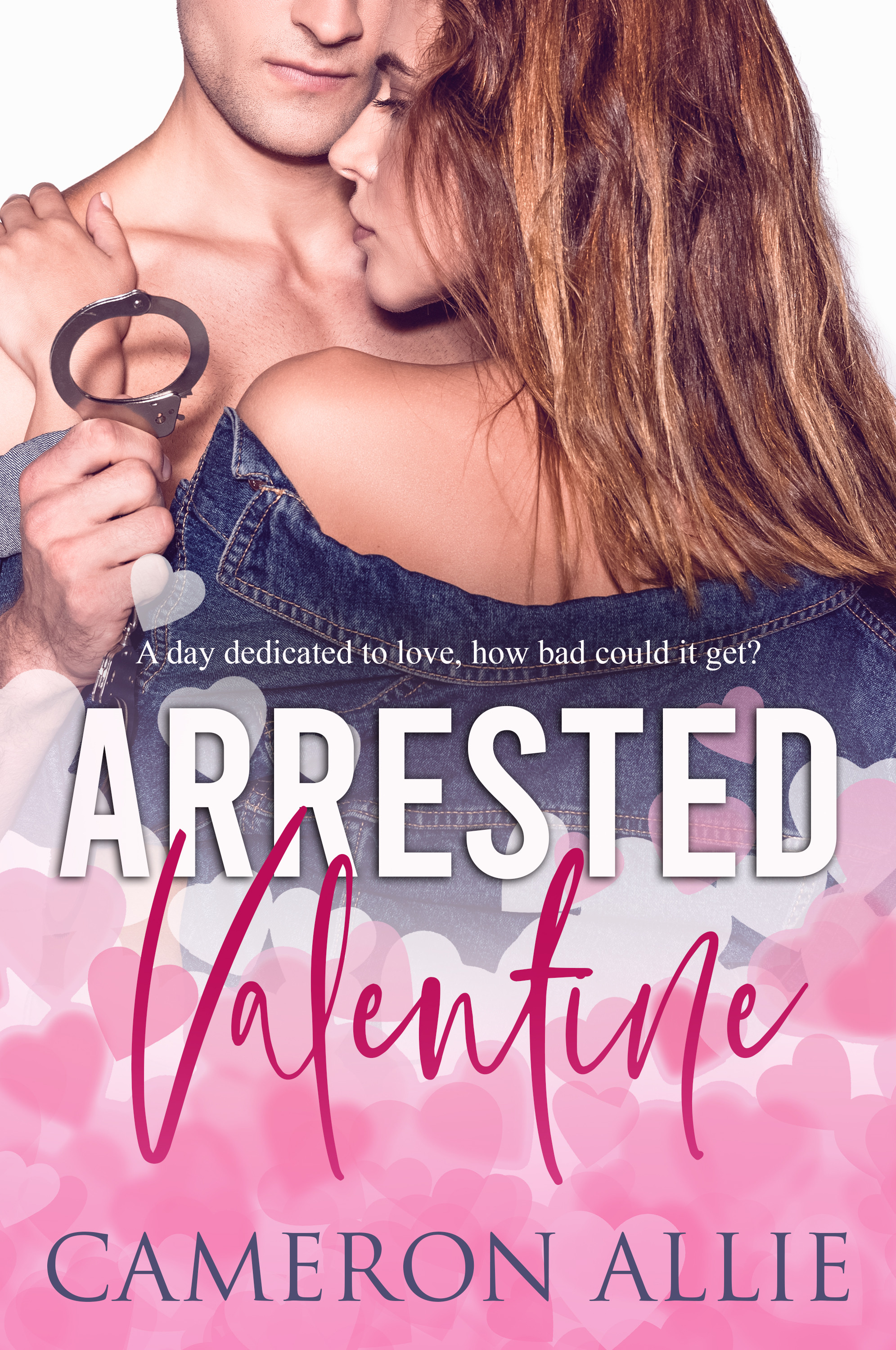
As Veteran’s Day was celebrated yesterday in the United States, and Remembrance Day was celebrated here in Canada, I thought I’d spend today’s blog post talking a little about the brave men and women who fight for our country, and also talk a bit about the research that went into writing The Perfect Fix.
In high school I had some really awesome history teachers that excelled at their jobs. They made history come alive. We did all sorts of fun stuff. One year we mummified frogs to learn about ancient Egypt, that year we also made shields and the teacher took us outside and taught us about the formations that Spartans used during battle. To learn about nationalism and alliances we played a version of Risk. In one class we practiced yoga, and in another we put Napoleon on trial. We did so many cool things. These teachers made me love history so much that I continued to study it at the university level.
I fell in love with Canadian and European history. They had always been my favourites, but in university I got to explore them in more depth. Personally I’ve always loved military history and was fascinated by Napoleon, the World Wars, the Korean War, and the War of 1812.
So when Remembrance Day comes around I recall all the things that I’ve learned, how horrible the conditions were that those soldiers faced, the horrible things that our soldiers now face, not just in battle but also when it comes to rescue missions for natural disasters around the globe. I think about what Romeo Dallaire witnessed and tried to stop.
This year, as with every year, I tried not to cry during the moment of silence. At sporting events listening to the national anthem often gets to me, because to me it’s a reminder of what people throughout our history have suffered through, the evils they’ve stood up against, and the heroes they’ve become.
I know how rampant mental health issues are among our soldiers, so when I wrote My Mistletoe Master and Ed Moore appeared for the first time I gave him a little darkness, a little mystery:
“After high school, Ed had joined the forces to help cover the cost of post-secondary education. He’d spent several months overseas. Although he didn’t like to talk about his time in the army, and the guys never pushed him for details, it was clear he wasn’t as easy-going as he had been before signing up.”
There isn’t much more we learn about Ed in that first book, but just those few sentences and I knew I wanted to explore his character in more depth.
 Ed’s story, The Perfect Fix, came third in the series, and explores a lot of PTSD themes as both the hero and heroine have served in Afghanistan. Ed has been home for several years and hides the darkness that still eats at him, while Emma is recently returned, and obviously struggling, with symptoms that include rebellion, and alcoholism. Ed’s tasked with the duty of trying to help Emma re-adjust to civilian life, which only brings his feels under the microscope.
Ed’s story, The Perfect Fix, came third in the series, and explores a lot of PTSD themes as both the hero and heroine have served in Afghanistan. Ed has been home for several years and hides the darkness that still eats at him, while Emma is recently returned, and obviously struggling, with symptoms that include rebellion, and alcoholism. Ed’s tasked with the duty of trying to help Emma re-adjust to civilian life, which only brings his feels under the microscope.
So far The Perfect Fix is the novel that has required the most research and re-writes. Two men that I went to high school with joined the military after graduation. I approached them both and had many in-depth conversations that lead me to realize I knew very little about our military. Between the two of them I managed to find what I needed to know in order to help the story come alive. When were the characters in Afghanistan? What sort of things were different there? How had it changed in the years between when Ed went to when Emma served?
While one friend gave me some very detailed specifics about vehicles, weaponry, and terminology, the other gave me more personal accounts of the types of things he’d witnessed. He hadn’t served in Afghanistan, but had been part of the team sent down to Haiti to help after the earthquake in 2010. To both of these men I am grateful, not just for the aid they provided me in regards to research, but for their service and their sacrifice. You can’t witness humanity at its worst and not be affected.
The Perfect Fix is dedicated to the men and women who have served this country. I said it before, but I’ll say it again,
“To the Canadian soldiers who protect our homes, our land, and our freedom. Thank you for your sacrifice, for being prepared to race to the rescue and help those in danger, whether it be from an external force or a natural disaster. Thank you for your service.”

